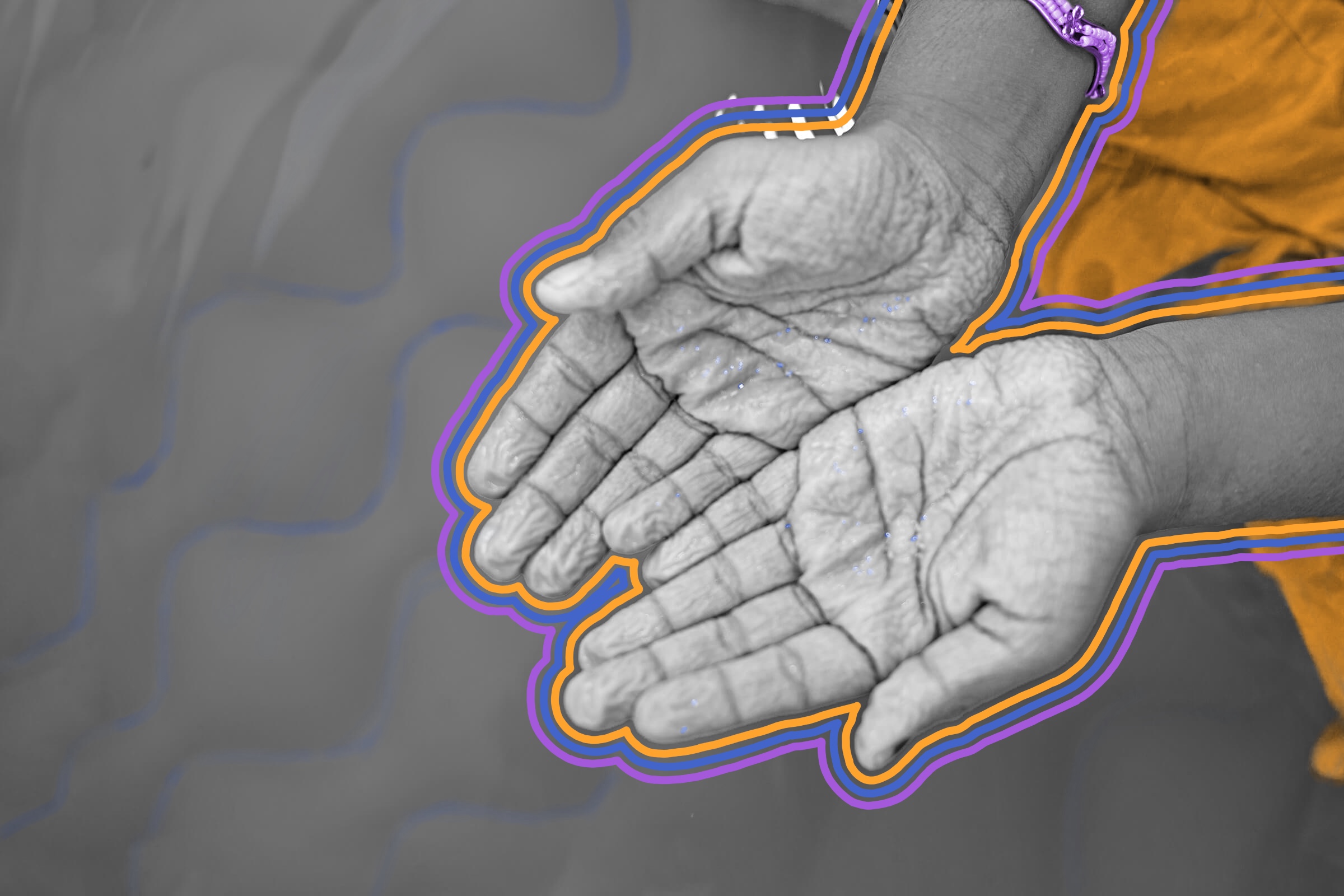
Humans may have evolved fingers and toes that wrinkle in water to help them grip wet objects.
Spend some time in a pool, lake, or other watery location, and it won’t take long to see deep ridges of wrinkles spreading across the pads of your fingers and toes. Despite often earning the unflattering adjective “pruney,” these wrinkles disappear in about 20 minutes once back on land. At first glance, these H2O-induced crevices seem like a simple case of osmosis, in which water floods membranes (in this case our skin) to equalize on both sides. But then why doesn’t the rest of the human body wrinkle when submerged in water?
Today, we know this wrinkling is caused by constriction of the blood vessels (which is also why fingers and toes turn pale at the same time). The leading theory as to why this happens is that our hands evolved to wrinkle in wet environments to improve grip, whether we’re running in a rainstorm or grasping a potential meal in a freshwater stream. Several studies, including one published by Manchester Metropolitan University in 2021, found that grip improved dramatically when hands were especially wrinkly after water submersion. Humans also aren’t the only ones with this skin-morphing ability. The Japanese macaque (Macaca fuscata) is known to take long baths in hot springs, and it has wrinkled hands to prove it. Scientists are still debating the true nature of this involuntary skin response, but at least now you can look upon your deeply creased digits with a new respect — even if they are “pruney.”
Human brains are shrinking, and it’s nature’s fault. According to anthropologists, the domes of Homo sapiens have declined 10% in size over the past 40,000 years. Scientists originally discovered this fact in the 1980s, and have a couple of theories about why it’s happening. One is that as the Earth exited the last ice age around 12,000 years ago, a warmer world meant humans could shed some of their previous bulk, including an ounce or two from their noggins. Another theory posits that once humans began recording information, whether on cave walls, scrolls, or stone tablets, some of that extra brain capacity was no longer needed. Currently, the most compelling theory is that humans underwent a process called “self-domestication.” While domesticated animals, such as our furry companions, have decreased skull sizes compared to their wild counterparts, the theory goes that humans naturally selected mates who were more cooperative rather than combative — and possibly passed along genes that regulated certain hormones related to brain size. Scientists call the idea “survival of the friendliest,” and some believe that it’s our mild-mannered, better angels that helped humans become the dominant species on the planet.

